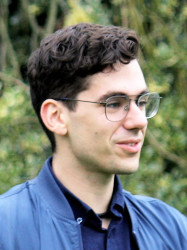Summary
I am a Lecturer (Assistant Professor) in Mathematics and Machine Learning at Imperial College London (Imperial-X). Prior to this, I was a Chapman Fellow in Mathematics and I obtained my PhD from the University of Oxford under the supervision of Prof. Terry Lyons.
LinkedIn / GitHub / Google Scholar
Research Interests
My research focuses on rough analysis, differential equations and deep learning. Examples of projects I am currently working on include:
- Scaling laws of randomly initialised neural networks.
- Neural diff. equations, diffusion models and SSMs.
- Signature kernels for time series.
- Autodifferentiable (stochastic) numerics.
Selected Publications
- A structure theorem for streamed information (J. Algebra 23)
- Training neural SDEs with sig. kernel scores (NeurIPS 23)
- Signature kernels as infinite limits of cResNets (ICML 23)
- Neural SPDEs for spatio-temporal signals (NeurIPS 22)
- Neural RDEs for long time series (ICML 21)
- Bayesian Gaussian Processes on sequential data (ICML 21)
- Distribution regression on sequential data (AISTATS 21)
- Signature kernels are solutions to Goursat PDEs (SIAM 21)
- Higher order sig. kernel mean embeddings (NeurIPS 21)
- Deep signature transforms (NeurIPS 19)

